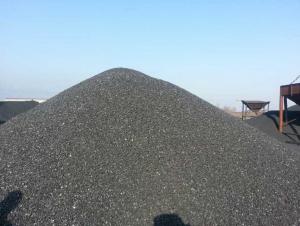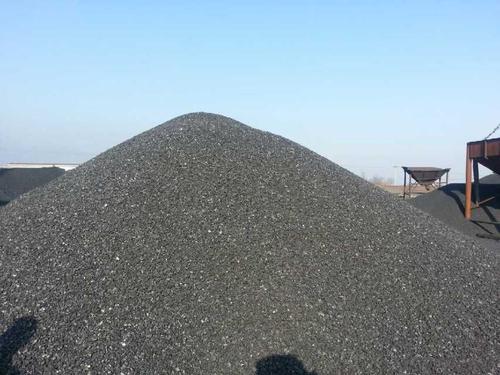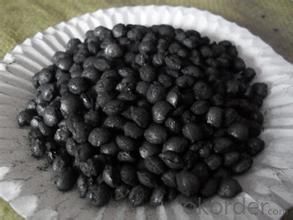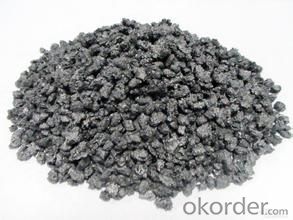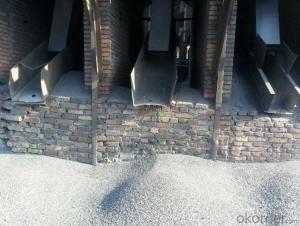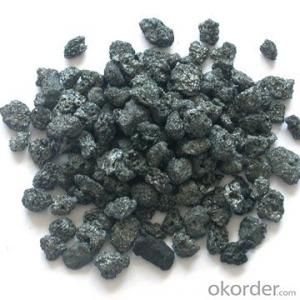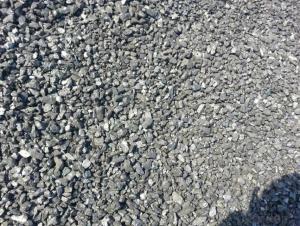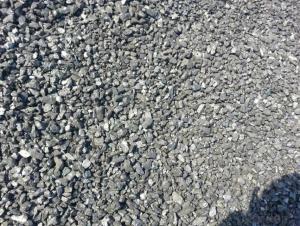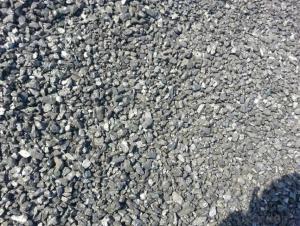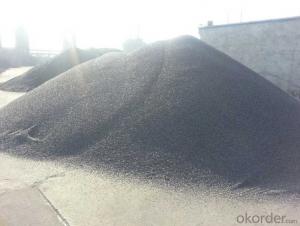Recarburizer FC90-95 With High Quality
- Loading Port:
- Lianyungang
- Payment Terms:
- TT OR LC
- Min Order Qty:
- 20 m.t.
- Supply Capability:
- 3500 m.t./month
OKorder Service Pledge
OKorder Financial Service
You Might Also Like
Recarburizer FC90-95 With High Quality
Packaging & Delivery
25kgs/50kgs/1ton per bag or as buyer's request
Specifications
Calcined Anthracite
Fixed carbon: 90%-95%
S: 0.5% max
Size: 0-3. 3-5.3-15 or as request
It used the high quality anthracite as raw materials through high temperature calcined at over 2000 by the DC electric calciner with results in eliminating the moisture and volatile matter from anthracite efficiently, improving the density and the electric conductivity and strengthening the mechanical strength and anti-oxidation. It has good characteristics with low ash, low resistvity, low sulphur, high carbon and high density. It is the best material for high quality carbon products.
Advantage and competitive of caclined anthracite:
1. strong supply capability
2. fast transportation
3. lower and reasonable price for your reference
4.low sulphur, low ash
5.fixed carbon:95% -90%
6..sulphur:lower than 0.3%
General Specification of Calcined Anthracite:
| FC | 95 | 94 | 93 | 92 | 90 |
| ASH | 4 | 5 | 6 | 6.5 | 8.5 |
| V.M. | 1 | 1 | 1 | 1.5 | 1.5 |
| S | 0.3 | 0.3 | 0.3 | 0.35 | 0.35 |
| MOISTURE | 0.5 | 0.5 | 0.5 | 0.5 | 0.5 |
Pictures
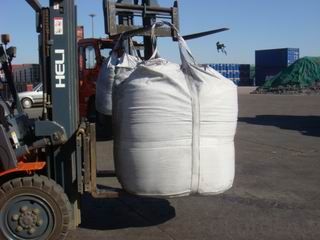
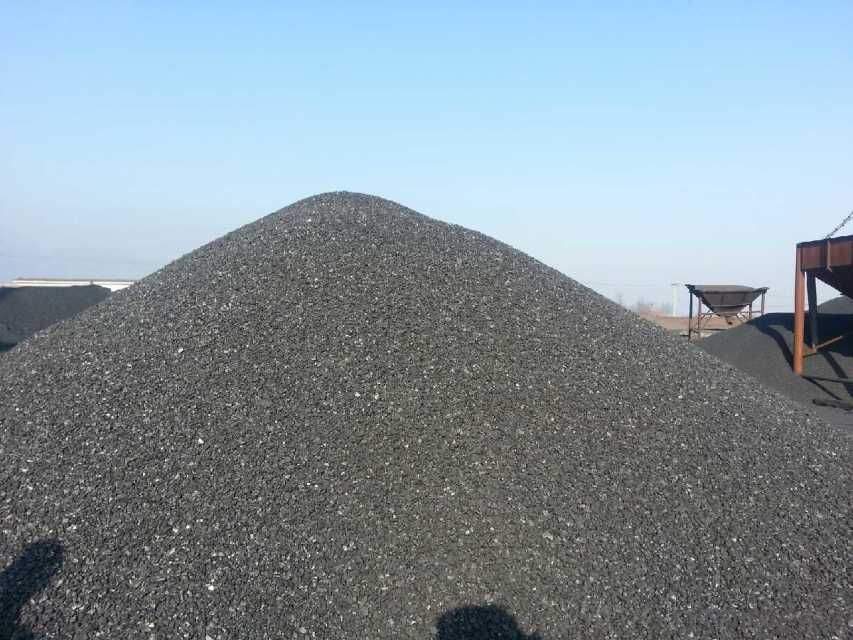
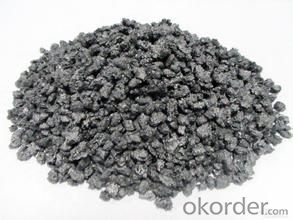
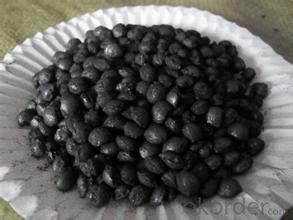
company information:
China National Building Materials Group is a stated -owned enterprise in charge of administrative affairs in China buiding materials industry.Established in 1984 CNBM is a large group corporation of building materials with total assets of 25 billion and a total stuff of 30000 CNBM now owns 200 subordinating firms of solely owned and joint-venture companies.
- Q: What are the advantages of carbon-based fertilizers?
- Carbon-based fertilizers have several advantages. Firstly, they provide a source of organic matter that improves soil structure and enhances water holding capacity. This can lead to better nutrient availability and healthier plant growth. Additionally, carbon-based fertilizers stimulate microbial activity in the soil, promoting nutrient cycling and improving overall soil health. They also tend to have a slower release of nutrients, ensuring a steady supply for plants over time. Moreover, carbon-based fertilizers are environmentally friendly as they reduce the reliance on synthetic fertilizers, minimizing the risk of water pollution and supporting sustainable agricultural practices.
- Q: How are carbon compounds classified?
- Carbon compounds can be categorized according to the type and number of atoms bonded to carbon atoms. There are various types of carbon compounds, including hydrocarbons, alcohols, aldehydes, ketones, carboxylic acids, esters, ethers, amines, amides, and more. Hydrocarbons are carbon compounds solely consisting of carbon and hydrogen atoms. They can be further divided into two main groups: aliphatic hydrocarbons and aromatic hydrocarbons. Aliphatic hydrocarbons include alkanes, alkenes, and alkynes, which are classified based on the carbon-carbon bonds they possess. On the other hand, aromatic hydrocarbons have a ring structure and are known for their aromaticity. Alcohols are carbon compounds with a hydroxyl (-OH) group attached to a carbon atom. They are categorized based on the number of hydroxyl groups connected to the carbon atom. For instance, methanol is a monohydroxy alcohol, while ethylene glycol is a dihydroxy alcohol. Aldehydes and ketones are carbon compounds containing a carbonyl group (C=O). Aldehydes have the carbonyl group attached to a terminal carbon atom, whereas ketones have it attached to an internal carbon atom. Their names are determined by the number and position of the carbonyl group within the molecule. Carboxylic acids are carbon compounds with a carboxyl group (-COOH). They are named by replacing the -e ending of the corresponding hydrocarbon with -oic acid. For example, methane becomes methanoic acid. Esters are carbon compounds derived from the reaction between a carboxylic acid and an alcohol. They have the general formula RCOOR’, where R and R’ can represent any alkyl or aryl group. Often, they are named based on the alcohol and acid used in their formation. Ethers are carbon compounds in which an oxygen atom is bonded to two alkyl or aryl groups. Their names are formed by listing the alkyl or aryl groups in alphabetical order followed by the word "ether". Amines are carbon compounds with a nitrogen atom bonded to one or more alkyl or aryl groups. They are named by adding the suffix -amine to the name of the alkyl or aryl group attached to the nitrogen atom. Amides are carbon compounds with a carbonyl group (C=O) bonded to a nitrogen atom. They are named by replacing the -oic acid or -ic acid endings of the corresponding carboxylic acid with -amide. In summary, the classification of carbon compounds is based on their functional groups and the arrangement of atoms surrounding the carbon atom. These classifications aid in categorizing and studying the diverse range of carbon compounds found in nature and synthesized in laboratories.
- Q: How does carbon contribute to the color of gemstones?
- Carbon contributes to the color of gemstones through its ability to absorb certain wavelengths of light. When carbon is present in gemstones, it can create various color centers that give the gemstone its distinct hue, such as yellow in diamonds or blue in sapphires.
- Q: How much carbon does it take for 4 people to barbecue?!
- Hello The amount of charcoal is according to the number, the number of barbecue barbecue food and other circumstances, the amount of each person is different, generally 6 pounds of charcoal enough for 3-5 to use, recommended to get for a little extra, so is not enough, the charcoal is not expired, can not run out of the next and then, put in the house you can also clean the indoor air.
- Q: How long will it last? 10National Day would like to do carbon baking ribs at home, how to do, how to marinate? For how long?.. Don't copy sticky posts. Now, tour TV's "eating meat" on earth is recorded in a grilled pork chop, wondering how that is done
- Drain the spareribs until it is dryThis can save you a lot of timeMarinate it for only about fifteen minutes with gingerIf it's thawed, pour some white wineThen mix it with salt and drain the oilFinally, dressed with bamboo ribsWhen baking, brush some oil and turn it several times halfwayThen you can use barbecue sauce when it's readyIf you don't need barbecue sauce, then mix it with salt and monosodium glutamate, and brushFinally sprinkle five spice powder, chili powder and cumin powderFinally, sprinkle chopped green onionThe time is about 8 minutesHowever, oil, not prepared in advanceAt least 30 minutes
- Q: How is carbon used in the production of textiles?
- Carbon is used in the production of textiles in several ways. One of the most common uses of carbon in textiles is in the form of carbon fibers. These fibers are lightweight, strong, and have high tensile strength. They are used to reinforce various types of fabrics, adding durability and enhancing their performance. Carbon is also used in the production of activated carbon, which is a highly porous material. Activated carbon is commonly used in textile production for its ability to adsorb and remove unwanted odors and chemicals. It is used in the manufacturing of fabrics for sportswear, workwear, and other specialized textiles where odor control is important. Furthermore, carbon black, a fine powder made of carbon particles, is used as a pigment in textile printing and dyeing. It provides deep black color to fabrics and is commonly used in the production of garments, upholstery, and other textiles where a dark color is desired. Another innovative use of carbon in textiles is through the development of carbon nanotextiles. These textiles are made from carbon nanotubes, which are cylindrical structures composed of carbon atoms. Carbon nanotextiles have unique properties such as high electrical conductivity and thermal stability, making them ideal for applications like wearable electronics, smart textiles, and conductive fabrics. In summary, carbon is widely used in the production of textiles through the incorporation of carbon fibers, activated carbon, carbon black, and carbon nanotubes. These applications contribute to the strength, durability, odor control, coloration, and functionality of various types of textiles.
- Q: What role does carbon play in photosynthesis?
- Carbon plays a crucial role in photosynthesis as it is the primary building block for organic molecules. During photosynthesis, carbon dioxide is taken in by plants and converted into glucose, a simple sugar, using energy from sunlight. This glucose is then used to synthesize more complex carbohydrates, such as starch, cellulose, and other organic molecules, which are essential for plant growth and development.
- Q: when to use hard carbon, and when to use soft carbon. Neutral charcoal can play what role? Thank you.
- The soft carbon strokes are more black and easier to use. The hard charcoal painted gray, the color is not deep, when painting and sketch paper friction is relatively large, there is a general feeling of rustling, veteran can feel it.Soft charcoal most used in a black or a black screen most places, such as shadow, Terminator...
- Q: What is carbon nanophotonics?
- Carbon nanophotonics is a branch of science and technology that focuses on the study and manipulation of light at the nanoscale using carbon-based materials. It involves the integration of carbon-based nanomaterials, such as carbon nanotubes, graphene, and diamond nanoparticles, with photonics to enable the development of novel optical devices and systems. The unique properties of carbon-based nanomaterials, such as their exceptional electrical conductivity, high mechanical strength, and excellent optical properties, make them ideal candidates for applications in nanophotonics. These materials have the ability to confine and manipulate light at the nanoscale, allowing for the miniaturization of optical components and the realization of enhanced light-matter interactions. Carbon nanophotonics has a wide range of potential applications across various fields. One prominent area is in telecommunications, where carbon nanomaterials can be used to develop high-speed and compact photonic devices for data transmission. Additionally, carbon nanophotonics has the potential to revolutionize the field of sensing by enabling the development of highly sensitive and selective sensors for detecting various molecules and substances. It also holds promise in the field of energy harvesting, where carbon nanomaterials can be utilized to enhance the efficiency of solar cells and other photovoltaic devices. Overall, carbon nanophotonics represents an exciting and rapidly evolving field that combines the unique properties of carbon-based nanomaterials with the principles of photonics to create innovative optical technologies. By harnessing the power of light at the nanoscale, carbon nanophotonics has the potential to revolutionize various industries and pave the way for new advancements in science and technology.
- Q: How does carbon impact the availability of clean air?
- The availability of clean air is impacted by carbon, which contributes to air pollution and climate change. Burning carbon-based fuels like coal, oil, and natural gas for energy production releases carbon dioxide (CO2) into the atmosphere. CO2 is a greenhouse gas that traps heat in the Earth's atmosphere, causing the planet to warm up and leading to climate change. Air quality is affected by climate change in various ways. Increasing temperatures can raise the frequency and intensity of wildfires, which release significant amounts of carbon dioxide and other pollutants into the air. Moreover, higher temperatures can worsen the formation of ground-level ozone, a harmful air pollutant that can trigger respiratory problems and other health issues. Furthermore, carbon emissions contribute to the creation of particulate matter, including soot and fine particles, which can be harmful when breathed in. These particles originate from the combustion of fossil fuels in vehicles, power plants, and industrial processes. Inhaling particulate matter can result in respiratory and cardiovascular problems, particularly affecting vulnerable populations such as children, the elderly, and individuals with pre-existing respiratory conditions. To improve air quality and ensure the availability of clean air, it is crucial to reduce carbon emissions. This can be achieved by transitioning to renewable energy sources, enhancing energy efficiency, and implementing policies to decrease carbon emissions. Additionally, promoting sustainable transportation, reducing deforestation, and adopting cleaner industrial practices can contribute to cleaner air by reducing carbon emissions and other pollutants.
Send your message to us
Recarburizer FC90-95 With High Quality
- Loading Port:
- Lianyungang
- Payment Terms:
- TT OR LC
- Min Order Qty:
- 20 m.t.
- Supply Capability:
- 3500 m.t./month
OKorder Service Pledge
OKorder Financial Service
Similar products
Hot products
Hot Searches
